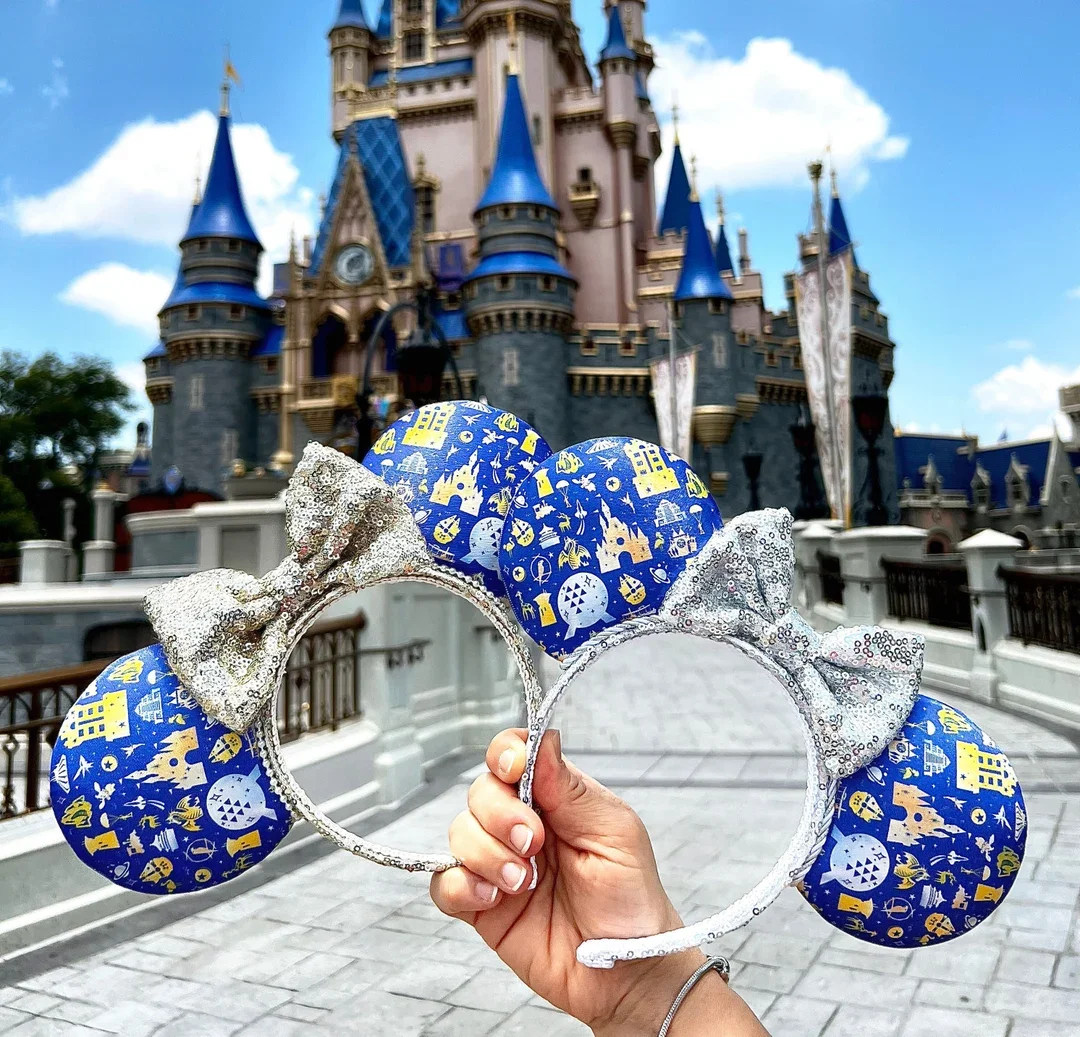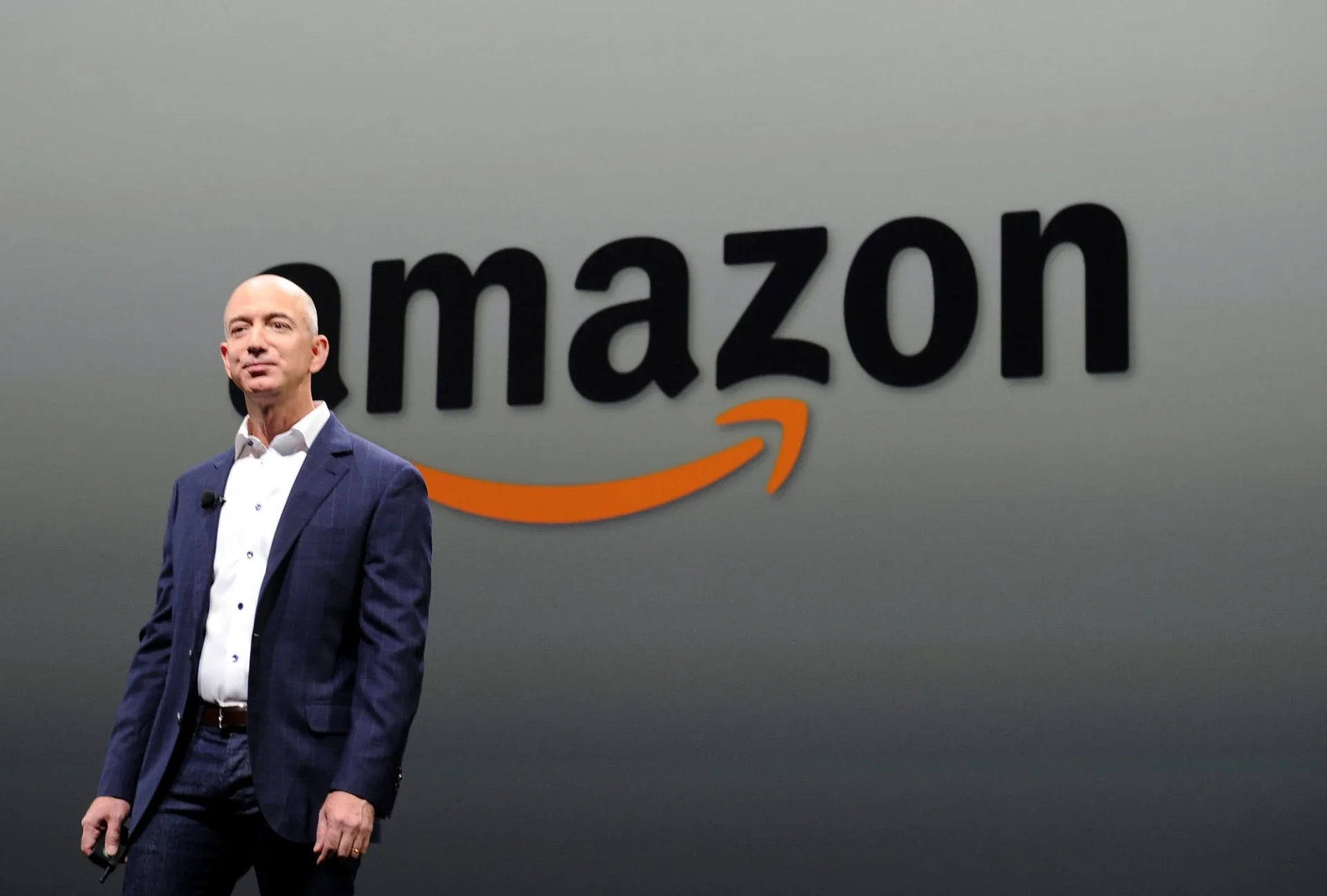Why Disney can never be cancelled
The mouse is always in the shit.
Every few weeks, someone announces they are boycotting Disney. The reason changes (Gal Gadot, Jimmy Kimmel, price hikes, diversity, Star Wars) but the result never does. The parks stay full. The merchandise sells out. The films break records.
Disney might be the most “cancelled” company in the world, and somehow, the most indestructible.
The impossible politics of magic
Disney’s reputation exists in a constant state of contradiction. When Gal Gadot was cast as the Queen in Snow White, it didn’t just anger parts of the Middle East where the film was later banned. It provoked global outrage among audiences opposed to Israel’s actions in Gaza. For weeks, #BoycottDisney trended, with critics accusing the company of taking a political stance simply by employing her.
At the same time, American conservatives accused Disney of being “too woke,” while progressives accused it of being cowardly. The same brand was framed as both Zionist propaganda and left-wing indoctrination, depending on who was shouting the loudest.
This is what happens when a company becomes cultural infrastructure. Once a brand belongs to everyone, it becomes impossible to satisfy anyone. Disney’s strategy is not to correct the record but to outlast the argument.
That was also true after the suspension of Jimmy Kimmel Live! following his remarks about the assassination of right-wing activist Charlie Kirk. Outrage surged, subscriptions dipped briefly, and then it faded. Disney reinstated Kimmel and carried on.
When nostalgia becomes a shield
Most companies try to build emotional connection. Disney industrialised it.
The brand does not simply sell entertainment. It sells emotional restoration. The smell of Main Street popcorn, the sound of Circle of Life, the reassurance that good always wins by the final act.
You only need to watch a few “Disney Adult” vlogs to understand the scale of its emotional grip. These are grown adults crying during fireworks, filming ride reviews, and calling the parks their “happy place.” They are not consumers. They are devotees. Mickey Mouse could commit murder and they would defend him.
That level of attachment makes Disney almost impossible to cancel. You cannot reason someone out of something that makes them feel safe.
Inclusivity and identity
Disney’s approach to inclusive casting is often dismissed as performative, but in reality it is commercial. A global brand needs global faces. Representation is not moral theatre; it is market logic.
The backlash, however, is not only about nostalgia. Some of it is racism disguised as debate. Each time Disney casts a Black lead, as in The Little Mermaid or Peter Pan & Wendy, social media fills with people claiming to defend “accuracy” or “tradition,” when what they are defending is exclusion.
Beyond that, there is also genuine discomfort that comes from seeing something deeply familiar rewritten. When people watch their childhood stories updated, they feel their own past is being edited. The response is emotional rather than political.
Disney’s challenge is to evolve with the world while protecting the illusion of timelessness. It is an impossible balance, and it is exactly why every remake becomes a cultural battleground.
Too big to fail (emotionally and economically)
Disney is not a company so much as an ecosystem. In 2024, it made about $91 billion, with roughly a third of that coming from its “Parks and Experiences” division, which includes resorts, cruise lines, hotels and even a private island. Its domestic parks alone generate an estimated $36 million a day.
I saw that scale first-hand. I lasted about 30 minutes at Walt Disney World after accidentally booking on 4 May and wondering why everyone was dressed like Chewbacca. The crowds were relentless. A Mickey Mouse-shaped pretzel was $12, parking was $35, tickets were $180, and the famous Mickey ears were $40. The cheap-feeling plastic backpacks were around $80, Spirit Jerseys were roughly $75 each, and if you wanted to skip a three-hour queue, it cost about $30 per ride for a Lightning Lane pass.
It is financially absurd. But people pay it. Happily. Because a trip to Disney does not feel like a transaction. It feels like a life milestone. Families save for years, queue for hours, and leave describing it as “the happiest place on earth.”
Walk around the parks and you realise everyone owns the same things: the ears, the Spirit Jerseys, the backpacks. None of it is generic. You can buy a set of ears, a Spirit Jersey and a backpack for each park, each ride, each film, even each themed area. They have thought of everything. You leave a ride and immediately walk into a merchandise shop dedicated to that ride. They are geniuses at profiting, and people fucking lap it up. They love it.
I’m not judging anyone for that. Spend your money on whatever makes you happy. As cheesy as it sounds, you really do only live once, so fuck it, have fun. But I can’t help being astounded by how Disney do it. Not that they’re doing anything wrong, but how they’ve perfected it. They are pure geniuses. Everything they do is psychological. They know exactly how to trigger nostalgia - the retro ranges, the vintage logos, the re-released merchandise, even the smells. They pump out specific scents around the parks, in the rides, and in the resorts and hotels, then sell candles with those exact smells so people can relive it at home. They have even profited off the air. That is how incredible they are at making money.
And people think a little boycott over a single PR mistake is going to bring them down? Not a chance.
A week at Disney now costs as much as a luxury holiday in the Bahamas, but demand shows no sign of slowing. It is not logic that drives it. It is ritual.
PR by restraint
What makes Disney’s public strategy so effective is what it leaves out. The company rarely responds to controversy in real time. It does not flood social media with statements or attempt to argue its case. It waits.
Outrage is loud but short-lived. Nostalgia is quiet and enduring. By the time a story burns out, Disney has already released something new, launched another series, or opened another attraction. It is not defensive. It is patient.
The same logic applies to Amazon. A lot of people love to complain about Jeff Bezos’s wealth but will still pay for Prime. I got my Ninja Combi 12-in-1 (highly recommend it, it’s very good) delivered in under twenty-four hours. I could have paid elsewhere £4.50 for delivery up to 3 working days or free next day delivery… No one cancels convenience.
Disney operates on the same principle, only emotionally. It sells comfort rather than practicality. People criticise it constantly, but they always come back.
Patriotism as brand insurance
Disney’s latest PR move, unveiling a patriotic nationwide celebration for America’s 250th anniversary, is as strategic as it is sentimental.
This kind of campaign does risk annoying some Democrats, especially younger or more progressive audiences who see overt patriotism as political signalling, particularly in an election year when nationalism is a sensitive topic. Fox News covering it positively only reinforces that perception.
But from a strategic perspective, it is a calculated risk that works. It reminds the right that Disney is still part of “traditional” America, without alienating families who just see fireworks and nostalgia.
After a year of being accused of “wokeness,” this is a clever reputational reset. Wrapped in nostalgia and flag imagery, it signals tradition without taking a clear political side. It is comfort marketing at scale, patriotism as damage control.
The brand that outlived outrage
Every generation believes it will be the one to finally hold Disney accountable. Yet every generation still queues for It’s a Small World or cries during The Lion King.
Disney does not survive because it is perfect. It survives because it is permanent. It has become part of the emotional and cultural architecture of modern life.
You can criticise it, mock it, or boycott it for a while, but you will always return.
You can boycott a brand. You cannot boycott a memory.
The numbers behind the magic
2024 total revenue: $91.36 billion
Parks & Experiences: about $8.9 billion in Q2 2025, roughly one-third of total income
Average daily park revenue: around $36 million
Visitors: approximately 58 million each year, or about 159,000 a day
Average guest spend: $180 ticket, $35 parking, $30 per-ride Lightning Lane pass, $40 ears (often multiple sets), $75 Spirit Jersey, $100+ food, $50+ merchandise
Cruise lines: Disney Cruise Line sails to its private island, Castaway Cay, adding billions more annually
Disney’s resilience is not accidental. It is the result of emotional engineering, corporate patience and global reach. It has turned nostalgia into an economy and affection into a business model.
It can be overpriced, overcrowded and exhausting, but it remains untouchable because it gives people something most companies cannot: a sense of safety in a world that no longer feels safe.
That is why Disney will never truly be cancelled. It may frustrate, irritate or enrage people, but they will still come back.
Because the product is not just entertainment. It is comfort, memory and control, and that is impossible to boycott.



